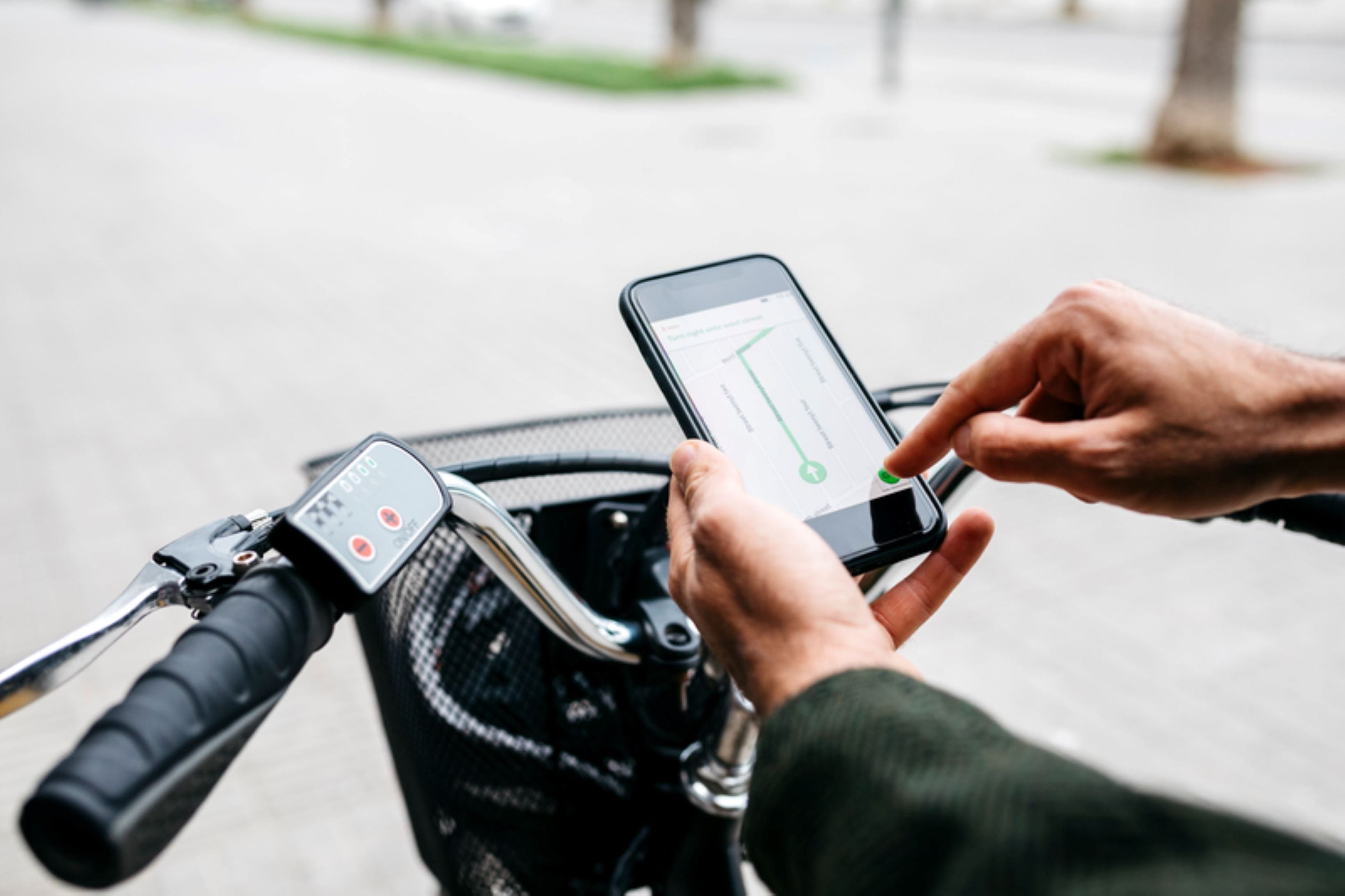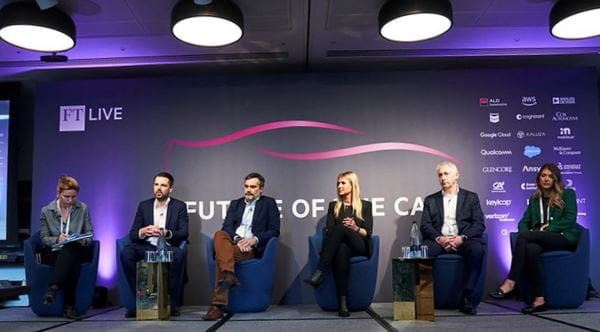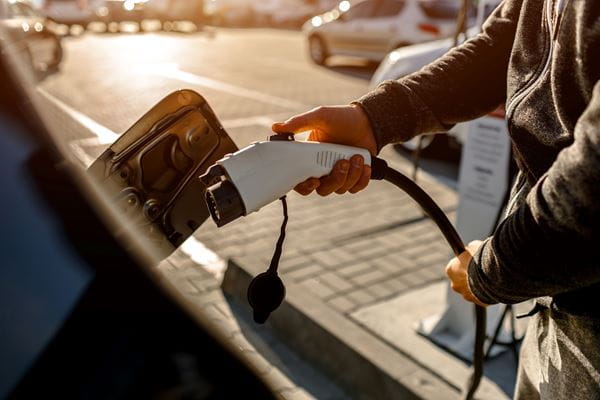
Can gamification improve fleet safety?
How to make tasks more appealing is a question commonly asked across a range of industries – and, increasingly, the answer is ‘gamification’.
Using the ‘challenge-and-reward’ framework – such as you might find in a game – is a powerful way of improving buy-in by tapping into our inherent desire to compete and receive rewards and thereby boosting engagement and encouraging improvement. The fleet industry is no exception: there are plenty of ways to apply gamification, from rewarding drivers for operating more efficiently or taking proper care of their vehicle to improve safety on the roads.
Changing behaviours
As an industry, we’re acutely aware of how important road safety is. Driver behaviour has an impact on just about every aspect of fleet management – from fuel costs and insurance to the reputation of your business. Most importantly, there are human lives involved: research conducted by our entitity in the UK has found that excessive speed is the main factor in 30% of fatal accidents.
So, could gamification really make a difference? Some studies say yes, suggesting that it can lead to a more 50% increase in safer driving. And some fleets are already working on it: Tesla, for instance, is planning to use five safety factors to assess its FSD Beta drivers, awarding daily safety scores that will be combined to give an aggregated score.
There are other advantages besides safety. For the gas distribution company SGN, introducing gamification – and thereby some healthy competition – through a comparison of performance standards across its depots has helped reduce incidents of idling by 68%, mileage by 16% and miles per gallon by 11%. Meanwhile, Zenith Hygiene Group has introduced driver league tables, resulting in an annual fuel cost saving of more than GBP 220,000.
A smart use of data
In short, gamification seems to be something the industry is open to, with one recent Ayvens study revealing that one third of fleet managers think gamification would improve their drivers’ health and safety.
What’s more, it’s something many fleets are well placed to introduce. Thanks to the huge amount of automotive innovation taking place, today’s fleets are built on data. Managers can track vast amounts of information on performance, efficiency and, crucially, safety. Why not use those insights to reward drivers for thinking more carefully about how they’re operating?
What should gamification look like?
In most cases, gamification comes in the form of a mobile app. There's no shortage of road safety apps available, but the trick is to ensure your drivers are engaging with it, as opposed to simply treating it as a box-ticking exercise. High-quality apps are more effective because they provide drivers with regular challenges – and associated rewards…
There are plenty of solutions to choose from, depending on the size of your fleet and the change you’re trying to achieve. Shop around, consider a few different options and make an informed decision about what would work best for you and your drivers.
How should gamification be implemented?
First, identify the specific areas you’d like to improve. Are you looking to cut drivers’ speed, or make sure they’re carrying out regular checks on their vehicles? Choose your focus and set clear targets for your drivers to work towards.
Then, once those targets are in place, make sure the rewards on offer are not only clear but desirable. There’s no point implementing a strategy that won’t convince drivers to engage with it. Check the results regularly, and where possible, look for opportunities to capitalise on drivers’ heightened engagement by offering extra training or coaching. You’ve earned their attention, so make the most of it!
Not just a quick fix
It’s great news that so many fleets are open to gamification, but it’s important for fleet managers to treat it as a long-term initiative, and not as a quick fix. When it comes to road safety, behavioural change is what we’re looking for. It requires regular, conscious effort on the part of the drivers, and it takes time to stick.
Gamification can certainly help: it provides a reason for teams to engage with better driving practices and keep the end-goal in mind. With some continued investment, it’s a valuable tool for turning short-term rewards into long-term improvements – and a safer, more efficient fleet.
Interested in the topic? Contact your account manager to find out everything about how gamification can improve your fleet's safety.



